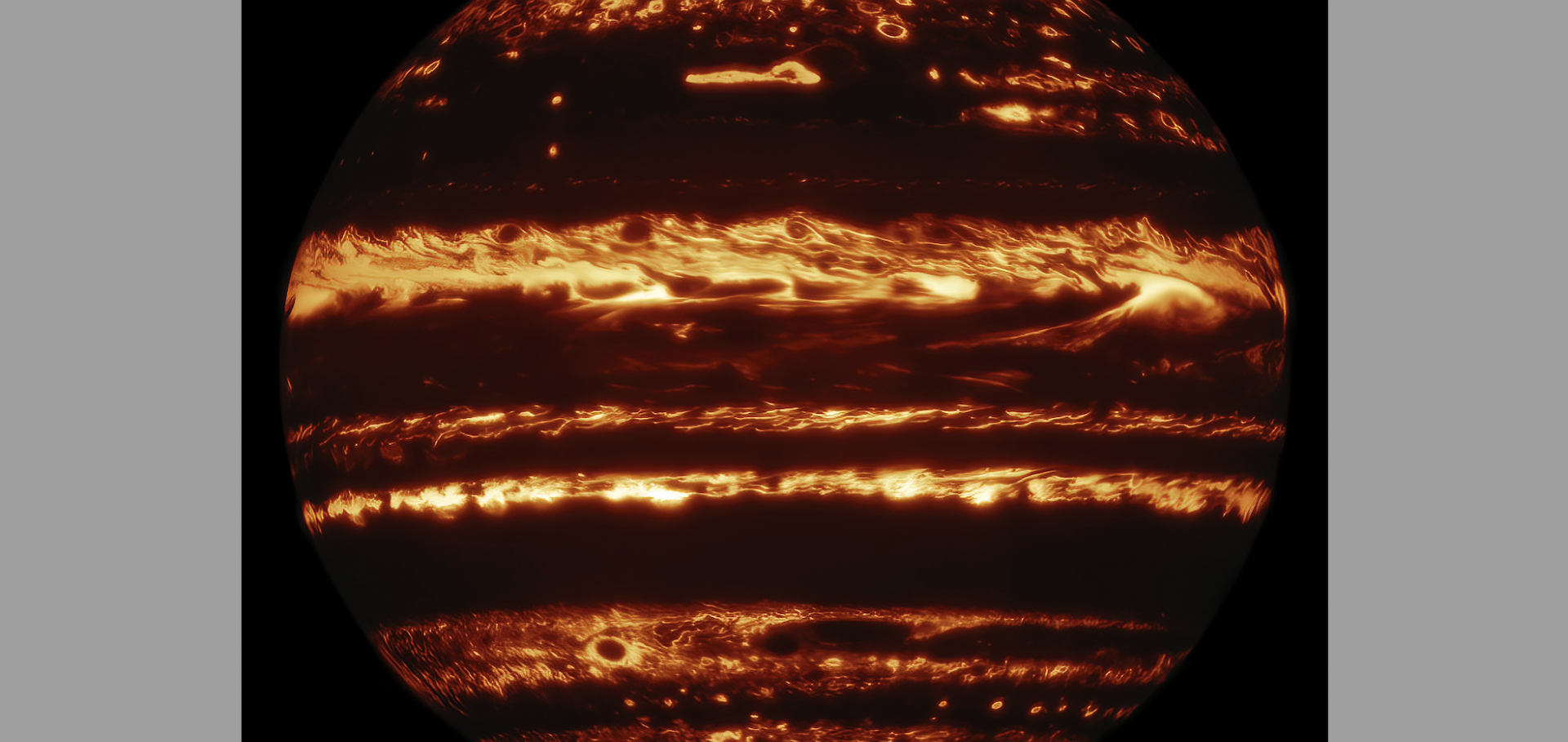Irradiated Atmospheres. I. Heating by Vertical-mixing-induced Energy Transport
The Astrophysical Journal American Astronomical Society 978:1 (2025) 4
The only inflated brown dwarf in an eclipsing white dwarf–brown dwarf binary: WD1032+011B
Monthly Notices of the Royal Astronomical Society Oxford University Press (OUP) 534:3 (2024) 2244-2262
Global weather map reveals persistent top-of-atmosphere features on the nearest brown dwarfs
Monthly Notices of the Royal Astronomical Society Oxford University Press (OUP) 533:3 (2024) 3114-3143
Optical system of Jiao Tong University spectroscopic telescope (JUST)
Proceedings of SPIE--the International Society for Optical Engineering SPIE, the international society for optics and photonics 13094 (2024) 130944u-130944u-10
Phase-resolving the Absorption Signatures of Water and Carbon Monoxide in the Atmosphere of the Ultra-hot Jupiter WASP-121b with GEMINI-S/IGRINS
Publications of the Astronomical Society of the Pacific Astronomical Society of the Pacific 136:8 (2024) 084403


